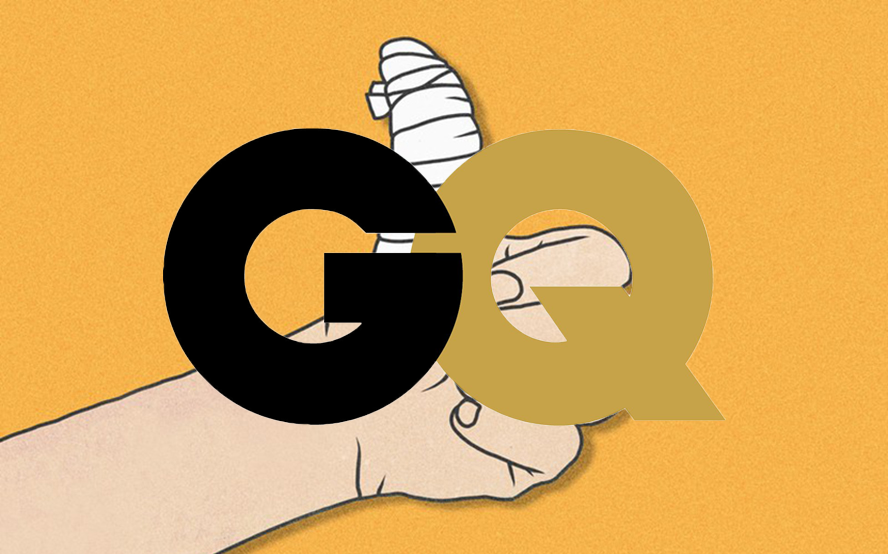Don’t spend another winter bleeding from your finger tips.
Discovering a hangnail is akin to finding a pesky pimple: You curse at first sight of the little bastard, knowing that you’re in for a probably painful removal and a too-long recovery period. And somehow, they break out like acne too: Whenever you get one hangnail, you usually get a few at a time.
I can hear all the questions in your head: How do hangnails happen? Why do they hurt so #@$&ing much? How do I prevent them from happening in the first place, or remove them safely?
In anticipation of these questions (and since, uh, I had the same ones…) I checked in with dermatologist James Collyer, MD, of Modern Dermatology in Seattle. He gave me some handy advice on how to heal hangnails—as well as prevent them so that we never have to suffer again.
How do hang nails happen? What are we doing wrong?
“Hangnails occur when small portions of skin get a tear near the cuticle,” Collyer says. “They can result from a variety of things, like biting your nails, a bad manicure, dry skin, using harsh soap and detergents, cold temperatures, and ‘waterlogged’ hands.” (Like when you’re in the pool too long.) Any of these things makes the skin fragile and susceptible to cracks.” It’s these conditions and habits that often result in multiple hangnails at a time, on different digits or even opposite hands.
Why do hangnails hurt so much?
“Hangnails hurt since there are a lot of nerve endings in the fingertips,” Collyer says.
How the hell do you avoid getting them?
“Do not clip too close to the cuticle when trimming your nails,” he says. And, if you must clip your own cuticles, first soften them in warm water, then push them back using the extension on your nail clippers (it’s designed to lift and loosen the cuticle). Clip slowly, or if you’re deft with manicure scissors—and somewhat ambidextrous—then use those to snip away at the excess skin. Or just treat yourself to a manicure, man.
“Moisturizing can help prevent hangnails, particularly when you see an ointment or balm since they hydrate and shield skin better than cream or lotion,” says Collyer. “I use Doctor Rogers Restore Healing Balm on my cuticles and nails which keeps the skin from ever cracking.” He also recommends soaking your hands once a week for 10-15 minutes and then immediately applying balm.” And, of course, don’t soak for hours at a time in the pool, or go outside in the cold without gloves.
OK, fine. But if I’ve already got a hangnail, what do I do with it?
“First of all, don’t rip them off!” Collyer urges. “Then, wash your hands, and use sterile scissors to cut cuticle down to the level of skin but not deeper, then apply an ointment. We know that wounds that are kept moist heal best. Sometimes hangnails can lead to inflammation of the cuticle (which is called paronychia), and topical steroids like 1% hydrocortisone or a prescription from a doctor may be needed.” After applying any balm or ointment, it can help to cover the hangnail with a band-aid, especially if it continues to get caught on things.
Read Original Article

